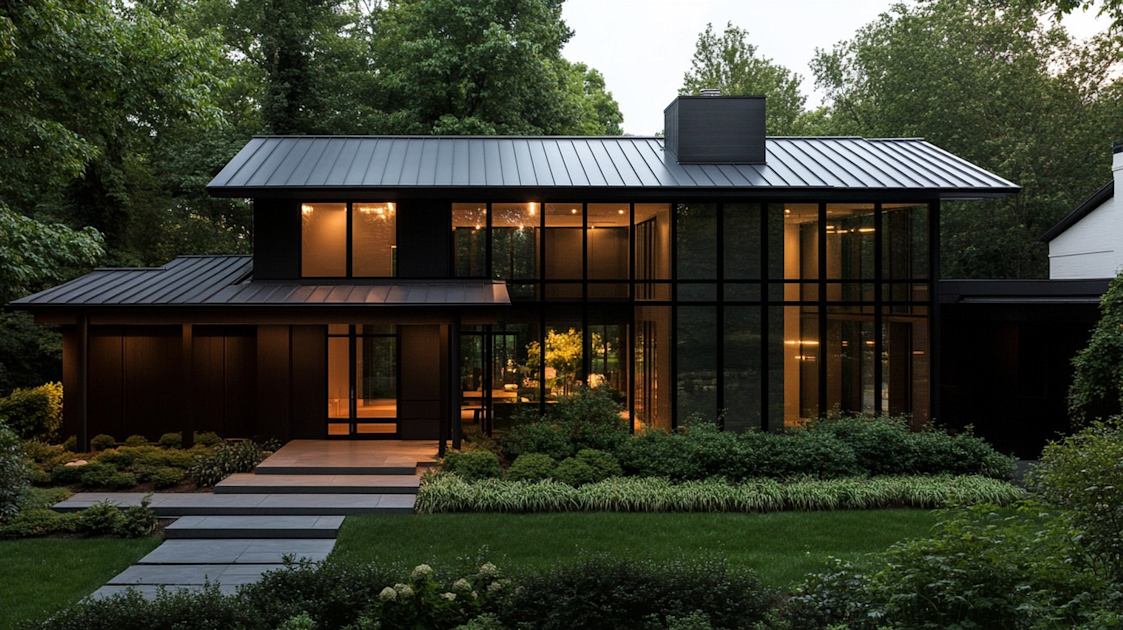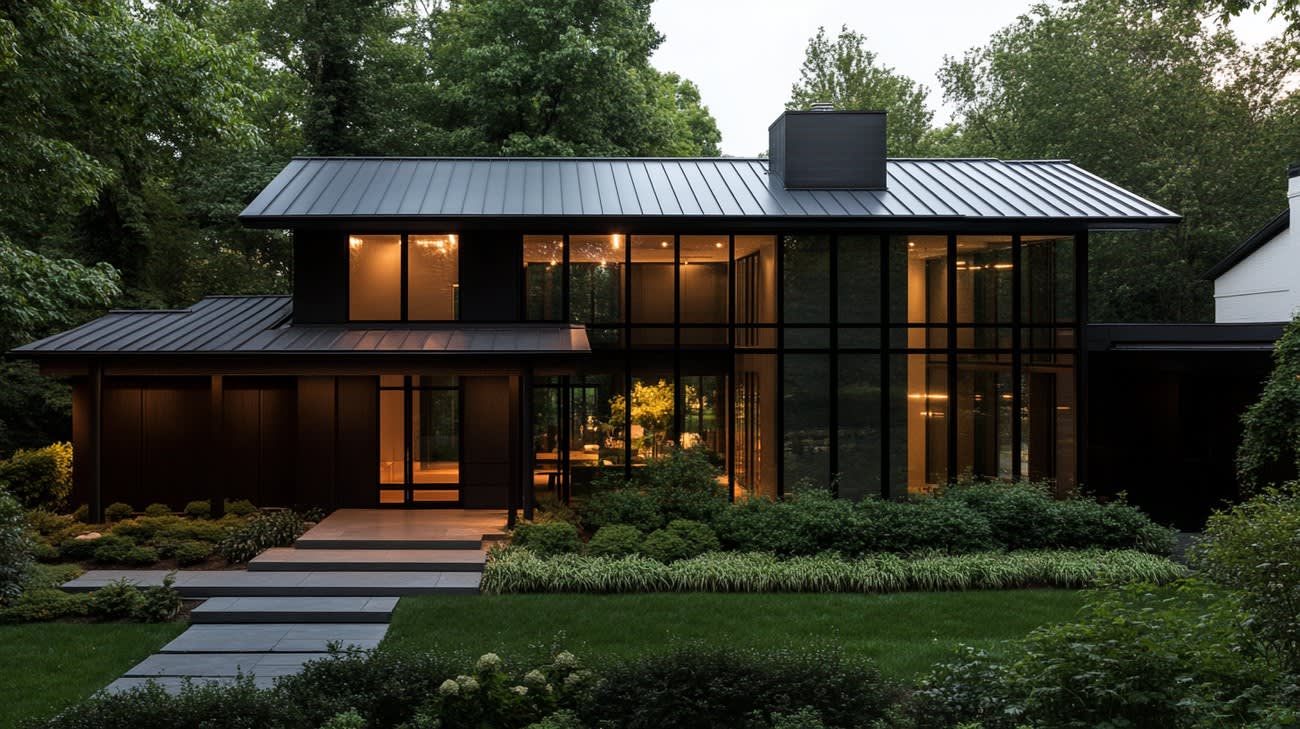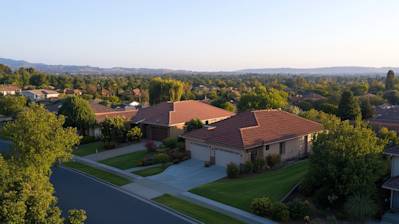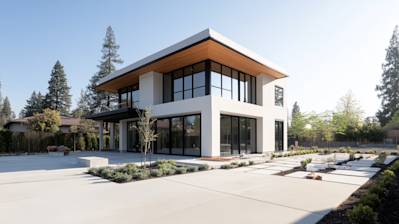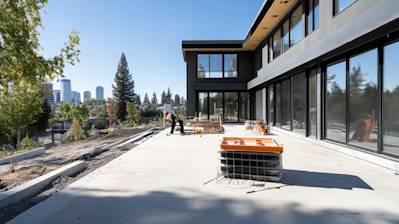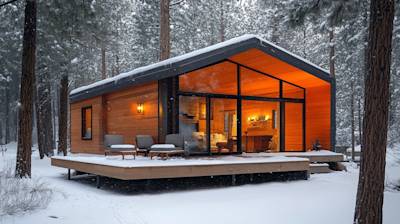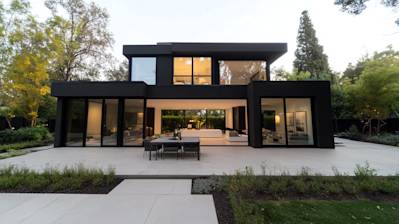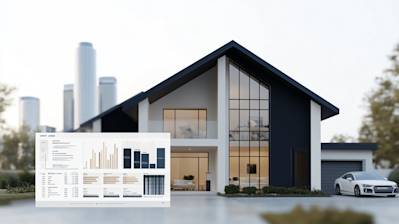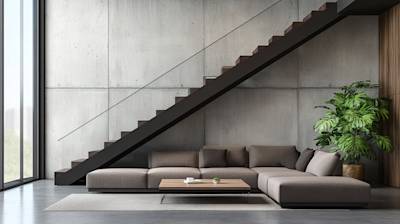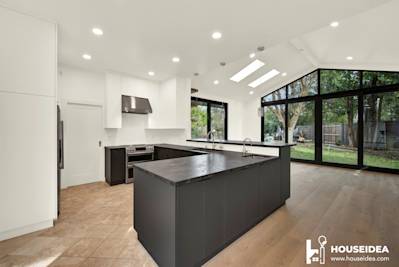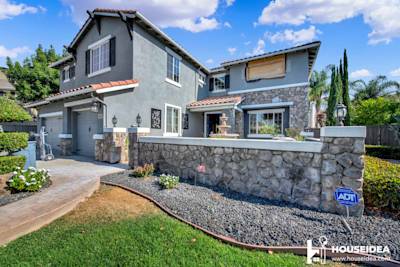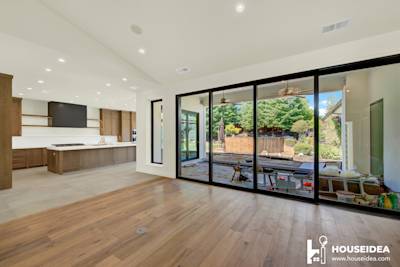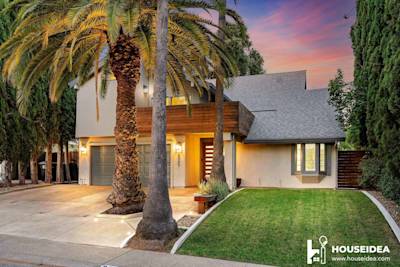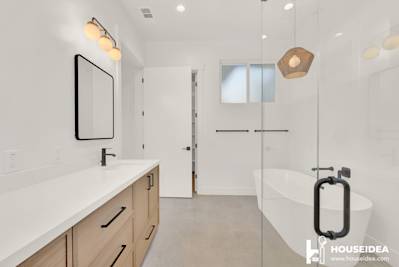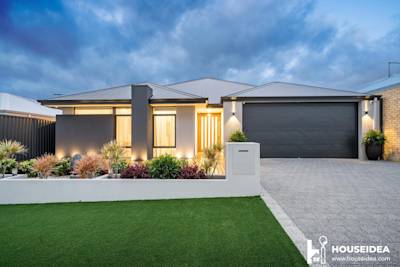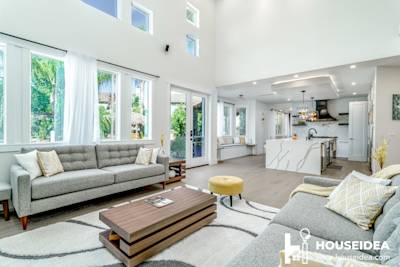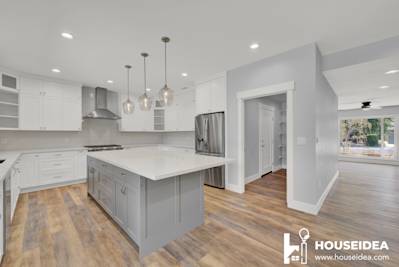The roofing market is brimming with possibilities. Today, homeowners have numerous options when it comes to roof types, but metal roofing is gaining ground, and with good reason. Durability, energy efficiency, and sustainability are just a few factors propelling this material towards mainstream acceptance. But before you hastily decide to join this growing trend, it's essential to understand the cost of a metal roof installation. This article serves as an in-depth guide on metal roof cost, factoring its various elements.
The Basics of Metal Roofing
Metal roofing is not just limited to steel or aluminum. It encompasses a wide range of materials, each with specific properties and prices. Understanding the cost of a metal roof entails considering not just the material but also installation, lifespan, and maintenance costs.
Metal Roof Material Costs
The material is the most significant cost driver. Here's a breakdown of different metal roofing materials and their average costs per square foot:
- Aluminum: $3.50 - $5.50
- Steel: $3.50 - $5.00
- Copper: $15.00 – $22.00
- Zinc: $7.50 – $10.00
- Tin: $3.00 – $6.00
- Stainless Steel: $8.00 – $15.00
These prices fluctuate depending on market dynamics, as raw material costs can vary over time.
Installation Costs
Installing a metal roof is not an easy DIY project–it requires a skilled professional. The complexity of the installation reflects the labor costs involved in the overall bill. Typically, costs range from $3.00 to $10.00 per square foot, considering factors like the roof's slope, accessibility, and complexity.
Lifespan and Maintenance Costs
While not immediate, considering the lifespan and maintenance costs of metal roofing can provide a more accurate picture of its value. Metal roofs last between 40 to 70 years, depending on the material. In terms of maintenance, metal roofs require minimal upkeep, translating to lower long-term costs.
Factors Influencing Metal Roof Cost
Understanding the factors influencing the cost of a metal roof is key to estimating roofing expenses accurately. Below are the primary factors:
Roofing Material
As established earlier, the type of metal used directly impacts the cost. Premium metals like copper and stainless steel will set you back more than affordable options like aluminum and tin.
Roof Size
The larger the roof, the more materials required, thus driving up the cost.
Roof Complexity
Complex roofs—with various angles, chimneys, skylights or dormers—necessitate more time, effort, and expertise, which translates to higher labor costs.
Calculating Metal Roof Cost
So, how do you calculate the cost of a metal roof? A straightforward way is to multiply the total square foot area of your roof by the price of the metal roofing material per square foot. Add the cost of installation, and you'll get a rough estimate.
Saving On Metal Roofing Costs
Just as with any major home improvement project, it's essential to know where you can save money. Here are a few tips:
- Shop around: Comparison is the key. Get quotes from multiple contractors to ensure you're getting a fair deal.
- Choose the right material: If you're working on a budget, consider affordable options like tin or aluminum.
- Time your project: Opting to install your metal roof during the contractors' off-peak season may land you a discount.
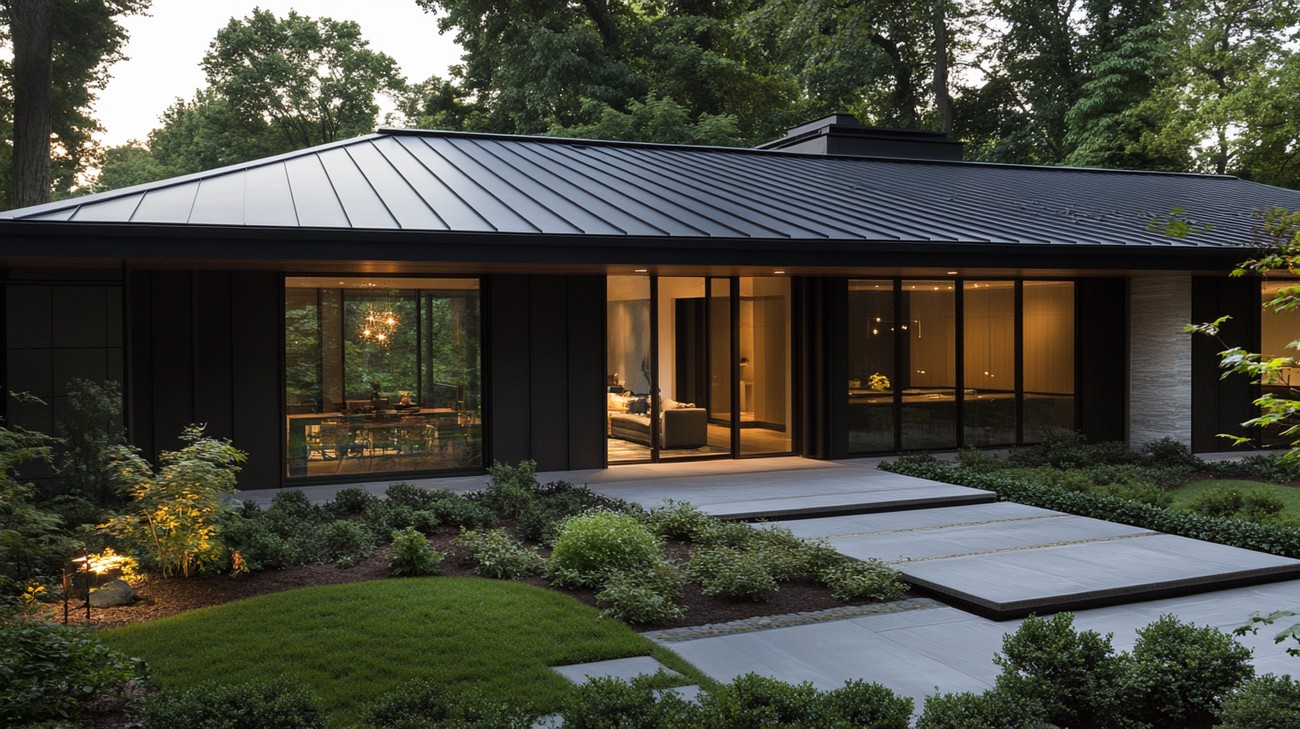
Frequently Asked Questions about Metal Roof Cost
What factors determine the cost of a metal roof?
The main factors that determine a metal roof cost include the type of metal used, the size of your roof, the roof's complexity, and the contractor's labor rates. Premium metals like copper and zinc are generally more expensive than more common metals like steel and aluminum. Meanwhile, a roof with many chimneys, skylights, or other obstacles will be more difficult (and costly) to install a metal roof on.
Does the cost of a metal roof fluctuate?
Yes, the cost of a metal roof can fluctuate depending on several factors. The price of raw materials can change based on market demand, and labor costs can increase based on the season, with summer usually being more expensive due to high demand. Additionally, changes in local regulations regarding building codes and permits can also influence the final cost of a metal roof.
Is a metal roof more expensive than traditional roofing materials?
Generally, a metal roof tends to be more expensive upfront than traditional asphalt shingles. However, you need to consider the longevity and durability of metal. While asphalt shingles may require replacement every 15-20 years, a metal roof can last up to 50 years or more with proper maintenance. This means that over time, a metal roof can be a more cost-effective choice.
Does installing a metal roof help to save costs in the long run?
Absolutely! Installing a metal roof can help you save costs in the long run. Metal roofs are highly durable, and many come with warranties as extensive as 50 years. Also, because they are highly resistant to weather and temperature changes, they require less maintenance, which saves you costs over time.
Is the cost of a metal roof installation labor-intensive?
While metal roofing materials can be more expensive than traditional roofing materials, the cost of labor for installation is not necessarily greater. In fact, due to the lightweight and modular nature of metal roofing materials, installation can be quicker and easier than traditional roofing installations, possibly even lowering overall labor costs.
Can the cost of a metal roof be financed?
Yes, many roofing companies offer financing options for installing a metal roof. Some companies may offer interest-free financing for an introductory period while others may require a down payment. Always check with your prospective roofing contractor to see what kinds of financing or payment plans they offer.
Does insurance cover metal roof cost?
Some homeowners’ insurance policies may cover a portion of a metal roof's cost, especially if the new roof will significantly decrease the risk of future damage or loss. It's best to contact your insurance provider to discuss your specific policy’s coverage and limitations.
Does metal roof color affect cost?
Metal roof color does not typically have a large impact on cost. However, keep in mind that lighter colors reflect heat better than darker ones, which can help lower energy costs in warm climates. Your final choice of color may, however, affect the total cost if you opt for a premium color or a custom color match.

Pros of Metal Roof Cost
Long-Term Savings
Despite having a higher upfront cost, a metal roof's durability and longevity serve to make it a cost-effective investment in the long run. Unlike traditional roofing materials like shingles that require replacement every 20-30 years, a newly installed metal roof can last 50 years or more. Therefore, homeowners can expect considerable savings on roof replacement costs over time.
Lower Insurance Rates
Owing to their excellent durability and resistance to damage, insurance companies often offer lower rates for homes with metal roofs compared to those with other types of roofs. This can contribute to significant savings on home insurance premiums in the long haul.
Increase in Home Value
An efficiently installed metal roof can increase the value of your home, which is beneficial when you want to sell it. Real estate agents and prospective buyers view metal roofs as an indication of a well-maintained property. Plus, the attractive appearance of metal roofs can add curb appeal to your house, potentially raising your home’s market price.
Energy Efficiency
Metal roofs are energy efficient. They reflect sunlight, resulting in a cooler home in the summer. This means reduced energy bills since less cooling energy will be required. Such annual energy savings contribute to offsetting the initial high cost of installing a metal roof.
Cons of Metal Roof Cost
High Upfront Cost
The initial cost of installing a metal roof is higher than that of traditional roofing materials. Depending on the type of metal used, costs can vary anywhere from $200 to $600 per square, including installation. This substantial expense can deter homeowners who are on a tight budget or seeking short-term housing solutions.
Potential for Noise
Metal roofs can be noisier than other roofing types, especially during heavy rain or hailstorms. While additional materials can be added to dampen this noise, it adds to the overall cost of the roof installation. Homeowners have to factor in the cost of these extra materials and labor if they want a quieter home.
Costly Repairs
Should a metal roof require repairs, it can be fairly expensive. This is due to the specialized skills, tools, and knowledge required to repair metal roofs appropriately. So, even if metal roofs are less likely to need repairs due to their durability, the high cost of repair jobs when they do arise can offset their long-term cost benefits.
Expensive to Replace
If a metal roof ever needs replacing, the cost can be significantly higher than replacing a conventional shingle roof due to the cost of the material and specialized labor. While their longevity means they are less likely to require replacement, if damage or wear and tear does necessitate a replacement, potentially outlandishly high costs must be considered.
Heat Conduction
While metal roofs are praised for their reflective properties in the summer, they can also potentially make your home colder in winter as they conduct heat away from the house. While the impact may be minor or negligible for well-insulated homes, poorly insulated houses may see a slight increase in heating costs due to this.
Aesthetic Limitations
While modern metal roofs come in various styles, colors, and finishes, their distinctive look might not be suited to all homes. For houses with a traditional or period design, a metal roof can clash with the aesthetic and possibly decrease the home's property value. This means additional cost implications if you want a metal roof with a customized appearance, such as simulated shingles or shakes, or if you choose to opt for a traditional roof instead after all.

Myths / Misconceptions about Metal Roof Costs
There are a number of myths and misconceptions about the cost of metal roofs that often lead homeowners to choose other roofing materials over metal. These myths are usually the result of misinformation or lack of knowledge about the various factors influencing the cost of a metal roof. In this section, we will debunk some of these misconceptions.
Metal Roofs are always more Expensive
Arguably the biggest misconception about metal roofs is that they are always more expensive than asphalt shingles or other types of roofing materials. This is driven by the initial cost of installation, which is often higher with metal roofs.
Myth
Metal roofs unquestionably cost more than other types of roofs to install.
Truth
While the initial installation cost for a metal roof may be higher than that of asphalt shingle roofs or other roofing materials, a metal roof can actually be less expensive over the long run. This is because metal roofs often have a lifespan of 40-70 years as compared to asphalt shingles, which typically need to be replaced every 15-20 years. This means that, over time, the need for replacement and maintenance decreases, potentially saving homeowners money in the long run.
Moreover, metal roofs can also increase the value of a home, offer energy savings by reflecting heat, and may reduce insurance premiums in some areas due to their resistance to damage.
Metal Roofs are not Cost-Effective
Another common misconception is that metal roofs are not cost-effective.
Myth
A metal roof isn't a good value because higher initial cost can't balance out the long-term benefits.
Truth
The value of a metal roof transcends its initial cost. As mentioned previously, the long lifespan of a metal roof coupled with the lower maintenance costs, increases in home value, energy savings, and possible insurance deductions can make metal roofs a very cost-effective choice in the long run.
Metal Roofs are more expensive to Repair
Some people believe that when a metal roof gets damaged, it's more expensive to repair than other types of roofs.
Myth
Repairing a metal roof after damage can be prohibitively expensive.
Truth
Repairing a metal roof might be less expensive than you think. Metal roofs are made from large panels, so if damage occurs, often only the damaged panels need to be replaced. This can be far more cost effective than repairing or replacing individual tiles or shingles on other types of roofs.
Coating for a Metal Roof is Expensive
Separate from the general cost of a metal roof, many homeowners think that getting a protective coating for a metal roof can be a costly endeavor.
Myth
Protective coating for metal roofs comes with a hefty price tag.
Truth
While there is indeed a cost associated with a protective coating, such coating can extend the lifespan of your metal roof and protect it against elements such as rust, decreasing the need for repairs and replacement over time. Like the cost of metal roofs themselves, the cost of protective coatings should also be seen in light of their long term benefits.
Metal Roof Costs are not Recouped when Selling the House
Another misconception is that the homeowners will not be able to recover the costs of installing a metal roof when they sell the house.
Myth
You won't recoup the costs of a metal roof when selling your home.
Truth
Contrary to this belief, a metal roof can boost a home’s resale value. A study by the Metal Roofing Alliance found that homeowners who install a metal roof can expect to recoup an average of 85.9% of the costs, and homes with metal roofs may sell faster, as potential buyers perceive the value and longevity of a metal roof.
Energy Savings with Metal Roofs is a Myth
Last but not least, some homeowners are skeptical about the potential energy savings with metal roofs.
Myth
Metal roofs do not help in significant energy savings.
Truth
Metal roofs can actually save energy and reduce cooling costs by up to 25%, according to the Metal Roofing Alliance. This is because metal roofs reflect solar heat, which helps to reduce cooling costs in the summer, and they also have good insulation properties, which can help reduce heating costs in the winter.
In closing, while metal roofs may have a higher upfront cost, they offer numerous benefits including durability, long lifespan, energy savings and increased home value, all of which can make them a more affordable option over the lifespan of your home.
Summary
So, you've had a peek at the world of metal roofing. You now understand that metal roof cost can vary significantly based on the type of metal, the complexity of your roof design and, of course, the part of the country in which you live. And while metal roofing can be a pricier option up front, the long-term benefits can outweigh these initial costs. It's one of those cases where you really do get what you pay for, with durability, energy efficiency, and minimal maintenance topping the list.
Although paying for a metal roof might seem impressive at first glance, it's an investment that pays back over time. The longer lifespan, coupled with the reduced maintenance needs, make it an appealing choice for a lot of homeowners, who often recoup the initial metal roof cost over time and then enjoy a long period of cost-free bold aesthetics and functionality. Not to mention, giving the environment a helping hand is always a good thing.
All things considered, when it comes to metal roof cost, don't let the initial price tag scare you away. Equally important, remember to consider aspects such as durability, energy efficiency, and low maintenance, which will help to cut costs in the long run. When you're looking at your roof as a long-term investment, rather than simply a short-term expense, you'll see that metal roofing presents a compelling case for its higher upfront cost. After all, you are investing in a roof that's built to last.
About HouseIdea
At HouseIdea, based in sunny Sacramento, CA, we've got your housing dreams at heart! We're not just a go-to company for innovative and unique architectural designs, but we're also lifestyle inventors. From conceptualizing your dream house to turning it into reality, our dynamic team serves a diverse clientele with diligence and creativity. Our superpower? Blending your style with our expertise to create living spaces imbued with comfort, function, and awe-inspiring aesthetics. Settled in the heart of California, we draw the spirit of innovation from our surroundings. Our motto? Your dream, our blueprint. Come, let's design your dreams together!
Tags: roofing, steel, installation,

